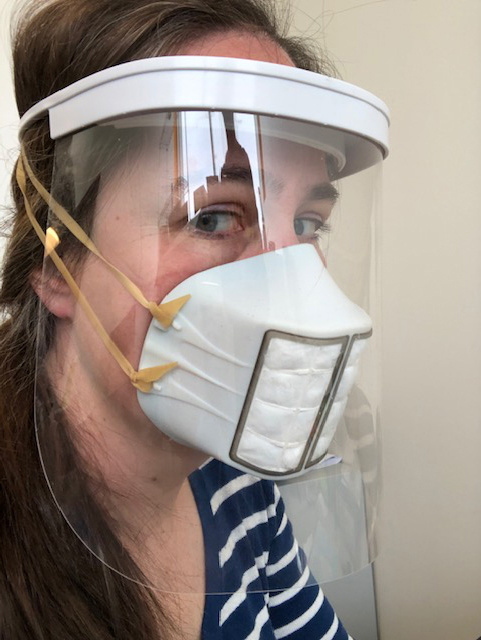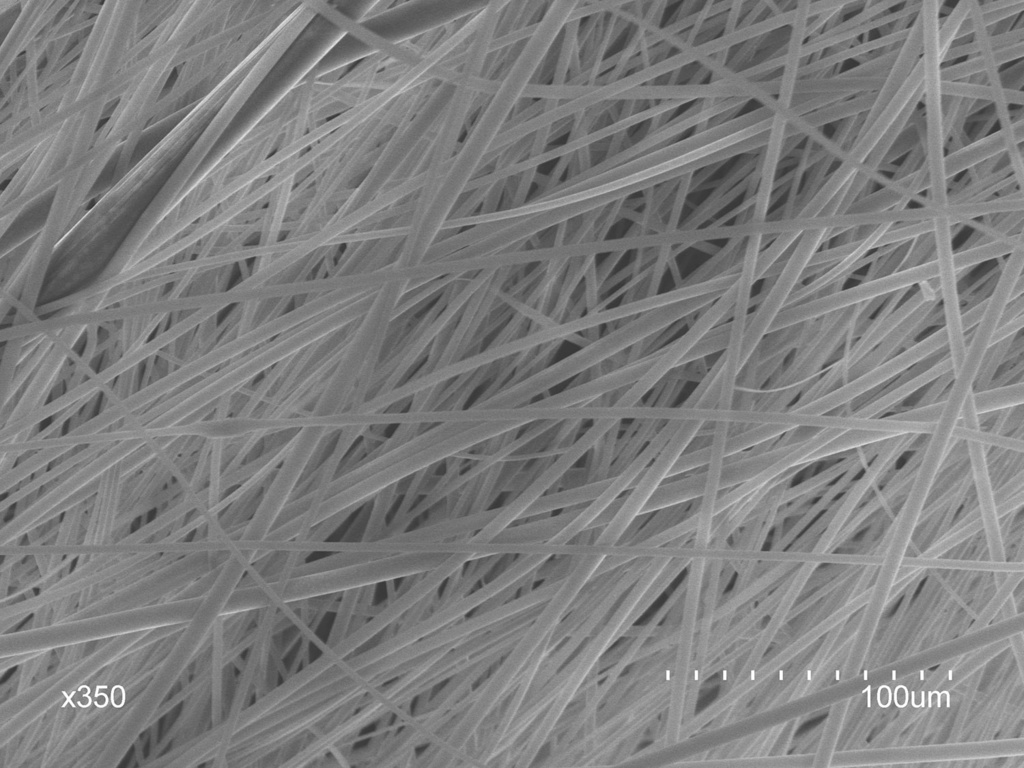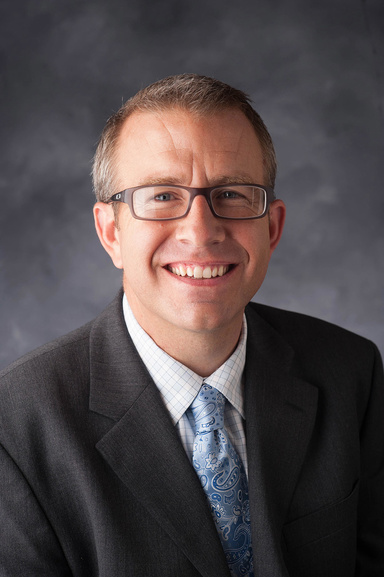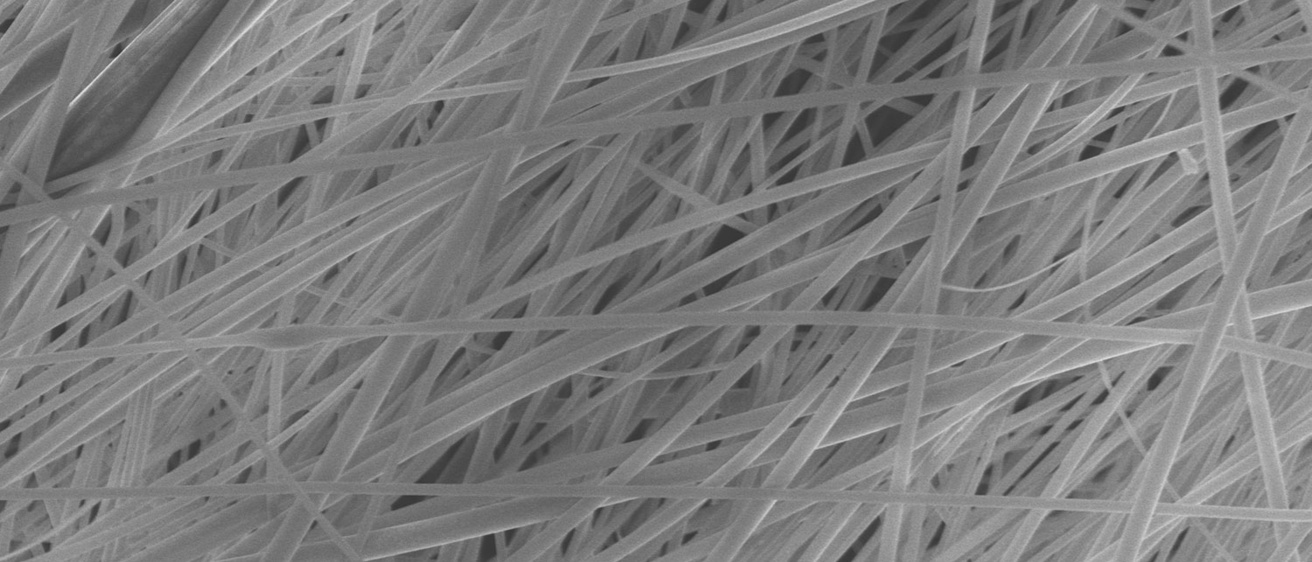Wear a mask: This simple advice is one of the most important things we can do to help slow the pandemic. For health care professionals and other frontline workers, masks are even more critical.

IIHR Research Engineer David Cwiertny was thinking of frontline workers when he decided to shift his research from water filtration to air filtration materials for use in masks. Cwiertny, who is also a University of Iowa (UI) professor of civil and environmental engineering, is working with research partners Patrick O’Shaughnessy, an expert on worker safety and health at the UI College of Public Health, and two researchers at the University of Notre Dame: Nosang Myung, a longtime water filtration collaborator; and Kyle Bibby, an expert on the environmental fate of viruses. In addition, graduate student Maddie Jensen is working in the lab to produce materials for O’Shaughnessy to test.
Making the switch from water filters to air filters didn’t initially go quite as smoothly as the researchers had hoped. “We knew we could do it, but we didn’t know how much we’d have to change,” Cwiertny says.
His water treatment filter materials are made up of incredibly tiny fibers with diameters in the hundreds of nanometers (a nanometer equals one billionth of a meter). For air filtration, they had to make a material that would not only serve as an excellent filter, but that would also allow people to breathe.


“Breathability is the hardest part,” Cwiertny says. The fibers they’re working with now have a diameter about a thousandfold bigger than the water filter fibers. They’ve also changed the composition of the material. “We’re still fine-tuning our recipe,” Cwiertny says. They want to make a material that’s not only a good filter, but that could also be mass produced.
The new filter material will also do more than just physically capture pathogens or virus that move through the mask, Cwiertny says. “We’re adding in different types of ingredients that could actually help kill the pathogens when they pass through the filter.” Cwiertny hopes this will lead to better protection for frontline workers.
He wishes the new masks were available for use now, but the work takes time. “We will get there,” Cwiertny says. “You want to go as fast as possible, and I wish we were a little bit further along.”
This project is supported by a National Science Foundation Rapid Response Research (RAPID) grant.
